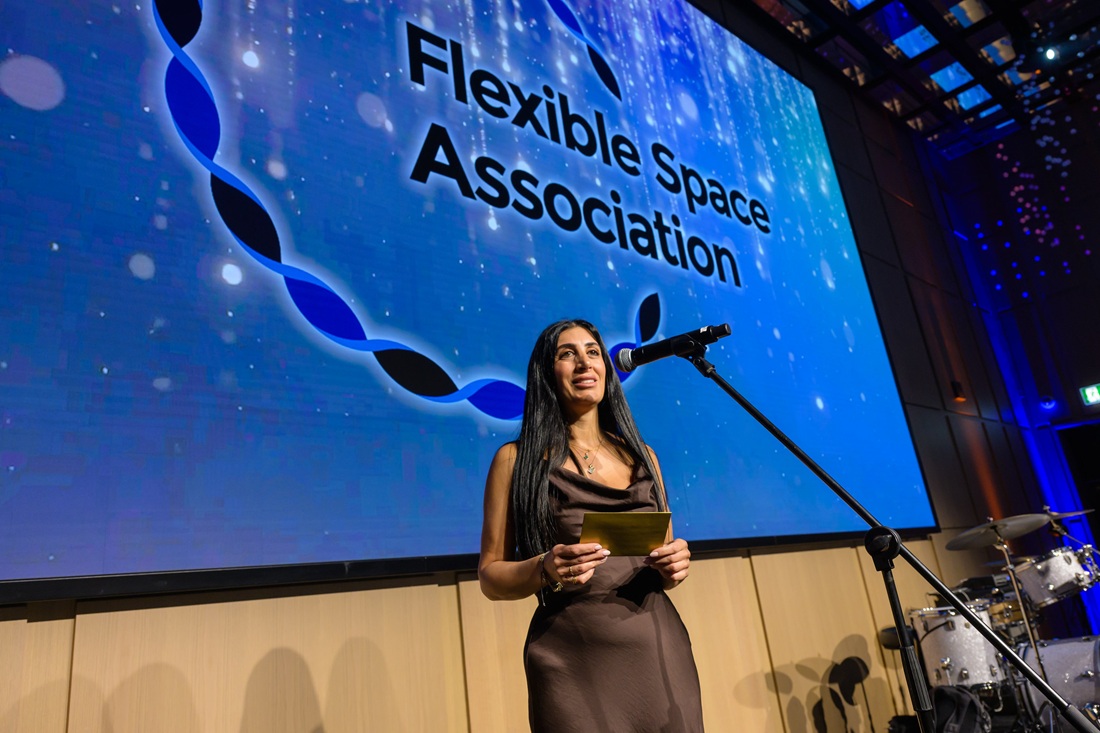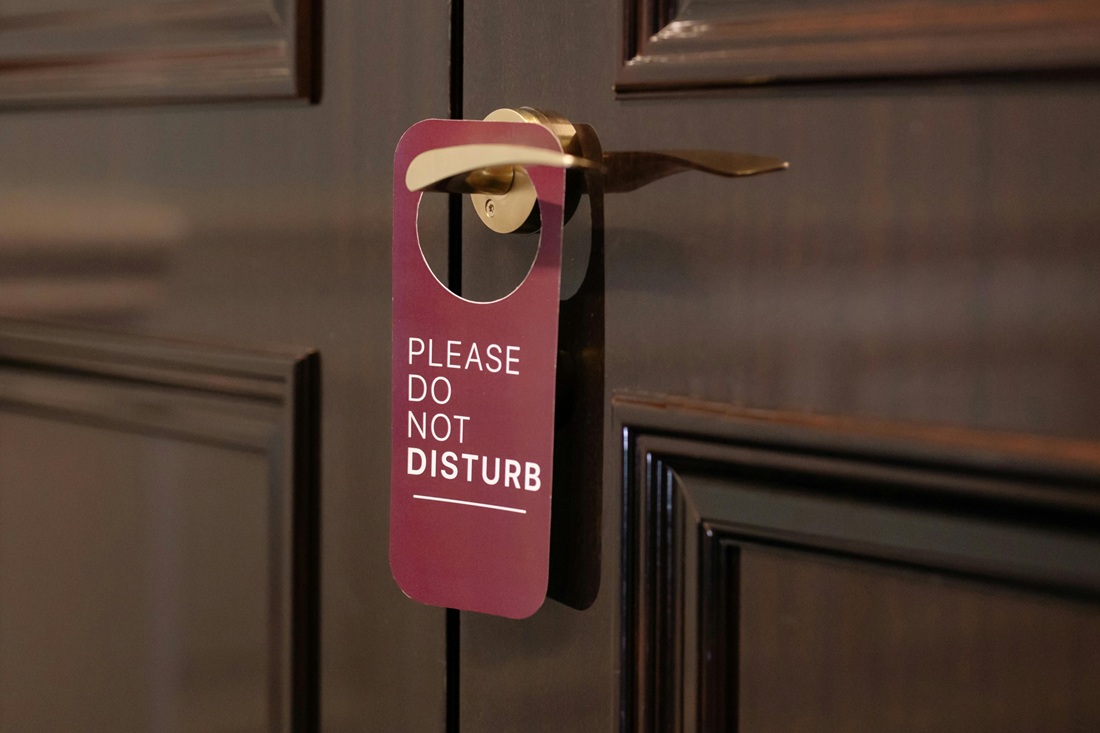
15 Dec 2025
Why Tech Firms Choose to Rent Office Space in Shoreditch
Discover why tech companies choose to rent office space in Shoreditch, from its tech-enabled workspaces to networking opportunities and vibrant local amenities.





